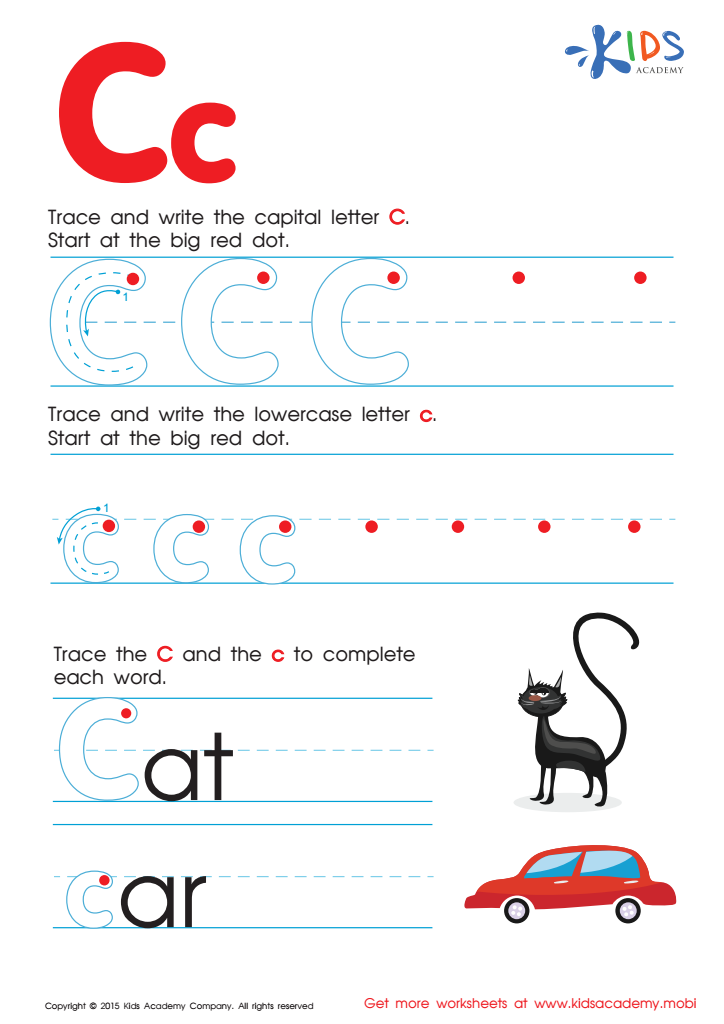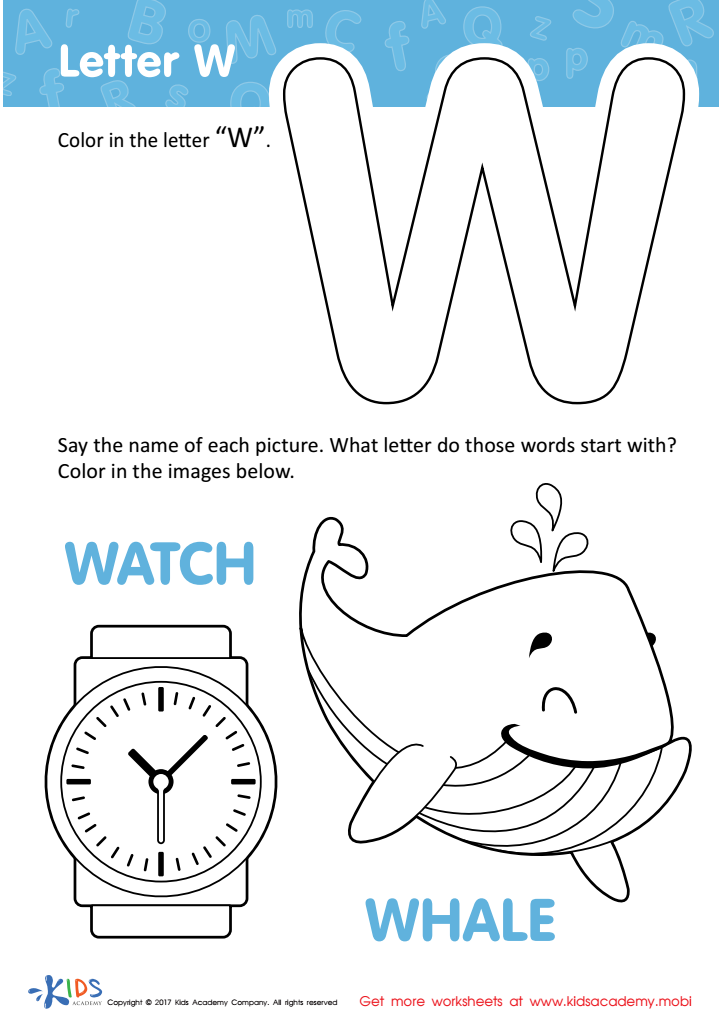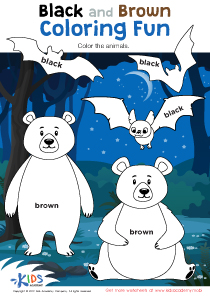Letter tracing skills English for Beginners Worksheets for 9-Year-Olds
3 filtered results
-
From - To
Enhance your 9-year-old's English learning journey with our expertly designed Letter Tracing Skills Worksheets. Tailored for beginners and created to build a strong foundation, these worksheets offer a fun and engaging way to practice letter formation, improve handwriting, and reinforce alphabet recognition. Whether your child is an English learner or looking to strengthen essential skills, our printable resources provide a step-by-step approach, combining visual guidance with ample practice. Watch as your child's confidence grows while they master the basics of writing. Visit our website today to access high-quality, teacher-approved materials!


Letter T Coloring Sheet


Letter C Tracing Page


Letter W Coloring Sheet
Letter tracing skills are fundamental for 9-year-old beginners to build a strong foundation in English literacy. While many children may have started learning earlier, consistent practice in letter tracing reinforces these crucial skills.
Firstly, it aids in improving fine motor skills. Tracing letters helps children develop the hand-eye coordination needed for writing, which is integral for neatness and legibility in their work. Good handwriting fosters a sense of pride and motivation in students.
Secondly, it enhances their understanding of letter formation and the alphabetic principle. Proper letter formation leads to better spelling skills as children can visually and kinesthetically recognize the letters and their corresponding sounds. This recognition is essential for reading fluency and comprehension, as well as for spelling and writing accuracy.
Additionally, tracing provides multisensory learning opportunities. By seeing, saying, and physically forming letters, children engage multiple senses, which research shows improves retention and learning outcomes.
Finally, letter tracing fosters confidence and reduces frustration. As children master these foundational skills, they become more confident in their writing abilities, leading to a more positive attitude towards learning. For parents and teachers, investing time in letter tracing sets children up for lifelong literacy success and helps cultivate a love for writing and reading in their educational journey.
 Assign to My Students
Assign to My Students












